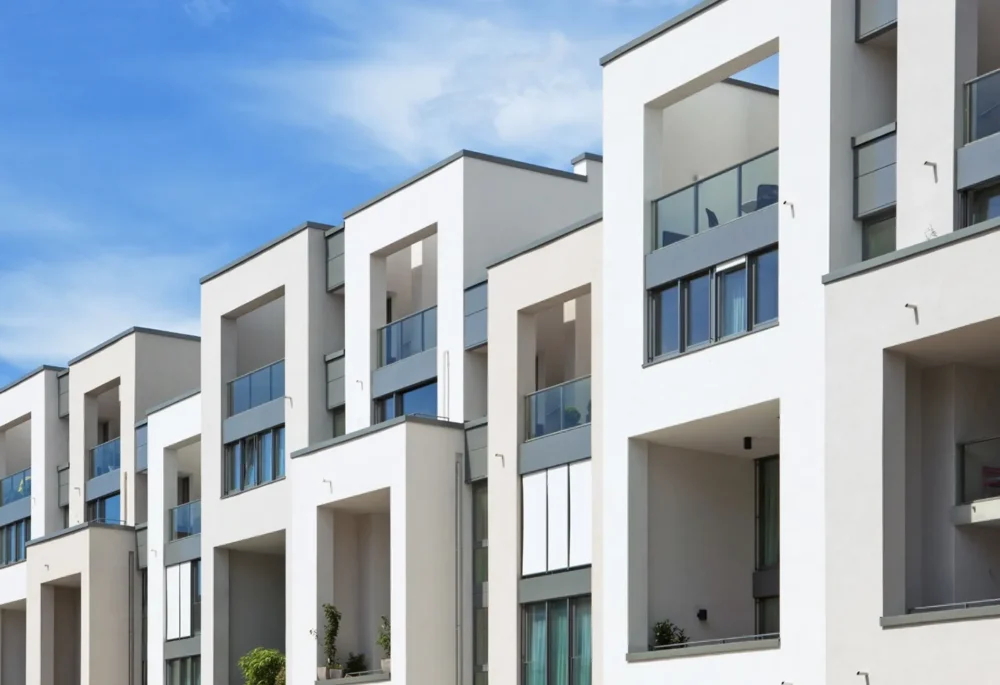Build-to-Rent (BTR)

CBRE forecasts a worsening supply and demand imbalance in the rental market for 2024.
This trend is influenced by the current high interest rate environment, prompting many private landlords to sell their properties. Consequently, this has led to pricing uncertainties and a decline in Build-to-Rent (BTR) investments. Nevertheless, BTR operational metrics remain very strong, with robust rent growth.
Important Highlights
The rental market’s supply and demand imbalance is set to deteriorate further in 2024. The already limited supply is being exacerbated by a significant sell-off of rental homes due to the higher interest rates and previous tax changes, making buy-to-let investments increasingly unviable. The number of new BTR homes starting construction in 2023 was less than half the number recorded in 2022. This decline reflects reduced institutional investment in the sector, high construction costs, labor shortages, and more expensive debt. As a result, the number of BTR completions will be significantly lower in 2024. Persistent high demand and decreasing supply will continue to drive strong rental growth in 2024. Average rents in England increased by about 6% in 2023, and CBRE expects a similar growth rate in 2024. The BTR sector is anticipated to outperform the overall rental market. Economic recovery at the start of 2024 will boost investor confidence, coupled with a more stable interest rate environment, providing greater pricing certainty. Lower construction cost inflation will also enhance the viability of forward funding opportunities, leading to a strong rebound in investment in the sector next year. Yields are expected to be more stable in 2024. Although a slight expansion is anticipated at the beginning of the year, strong rent growth will mitigate this, resulting in only minor adjustments.
CBRE’s 2023 UK Investor Intentions Survey revealed that interest in BTR remained robust. While the challenging environment negatively impacted investment in 2023, a strong rebound is expected in 2024.
In addition to the positive return outlook, investors will benefit from the broader economic recovery and interest rate stability, which will offer greater pricing certainty. The stabilization of construction costs and receding inflation will further improve the viability of forward funding opportunities.
Investment activity could also be bolstered by the significant number of stabilized assets entering the market in 2024. A challenge remains that these buildings will only have one stair core, which limits the pool of potential investors. However, this may improve as clarity on new regulations increases.
Investors will need to be confident that the peak of the interest rate cycle has been reached, meaning investment activity might be skewed towards the second half of 2024.
As of Q3 2023, there were approximately £2.1bn in transactions under offer and £3.5bn in opportunities on the market, providing a solid foundation for investment activity throughout the next year.
Investment in Single-Family BTR is expected to remain strong in 2024. Despite the overall decline in BTR investment in 2023, the Single-Family Housing (SFH) sector bucked the trend, recording its highest level of investment to date.
However, the sector may face challenges next year. Investors are generally not taking on development risk and are relying on housebuilders to deliver homes. Currently, the struggling sales market benefits the sector as housebuilders seek to de-risk their projects through SFH strategies. This may change as conditions in the sales market improve in 2024, potentially posing a challenge for the sector and requiring investors to find alternative routes to market.
BTR yields, which expanded throughout 2023, are expected to be more stable in 2024, particularly given the interest rate outlook. A further expansion is anticipated early in the year, but this will be limited and mitigated by strong rental growth. The first half of 2024 could provide a clearer indication of pricing as fund redemptions lead to the sale of several high-quality stabilized assets.
Persistent Supply and Demand Imbalance
The broader private rented sector is expected to see a worsening supply and demand imbalance in 2024. Higher interest rates and tax changes have made buy-to-let increasingly unviable, with many landlords leaving the sector. Since the Bank of England began raising the base rate in early 2022, an estimated 150,000 rental properties have been sold.
Additionally, BTR development faces challenges from high construction costs, labor shortages, and more expensive debt. New fire safety regulations, such as the requirement for a second staircase in tall buildings, will also impact the viability and supply of BTR homes in 2024. The failure of several contractors, with the potential for more in 2024, will further hinder BTR stock delivery.
Data shows that BTR construction starts in the first half of 2023 were less than half the level recorded in the same period of 2022, leading to significantly lower completions in 2024.
In contrast, tenant demand is expected to remain strong. The Royal Institute of Chartered Surveyors (RICS) continues to report very high tenant demand across the sector. CBRE’s data indicates consistently high occupancy levels, averaging 97% across operational buildings, with strong lease-up rates reported by operators.
These factors will likely sustain strong rent growth. The latest data from the ONS shows average rents in England rising by 6% year-on-year, the highest on record. CBRE anticipates similar growth in 2024. CBRE’s inaugural Multifamily Index suggests the BTR sector will outperform the broader rental market growth.